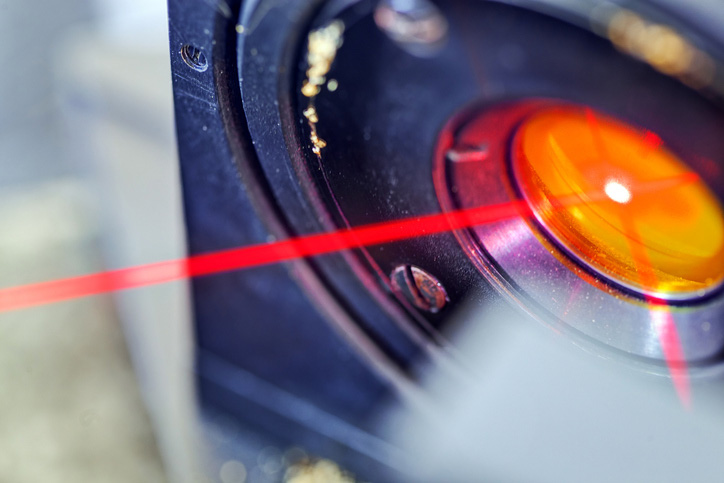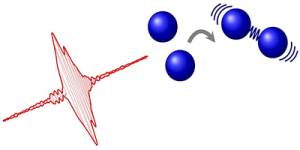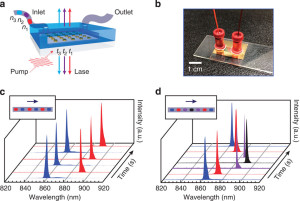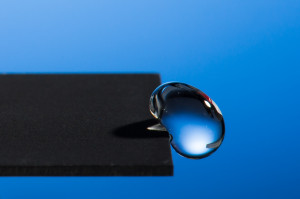Engineers have, for the first time, come up with a way to safely charge a smartphone wirelessly using a laser.
A narrow, invisible beam from a laser emitter can deliver charge to a smartphone sitting across a room—and potentially charge the phone’s battery as quickly as a standard USB cable.
To accomplish this, the researchers mounted a thin power cell to the back of a smartphone, which charges the smartphone using power from the laser.


 Researchers may have found a way to solve the weakness of a type of light source similar to lasers. The alternative light source could lead to smaller, lower-cost, and more efficient sources of light pulses.
Researchers may have found a way to solve the weakness of a type of light source similar to lasers. The alternative light source could lead to smaller, lower-cost, and more efficient sources of light pulses.


